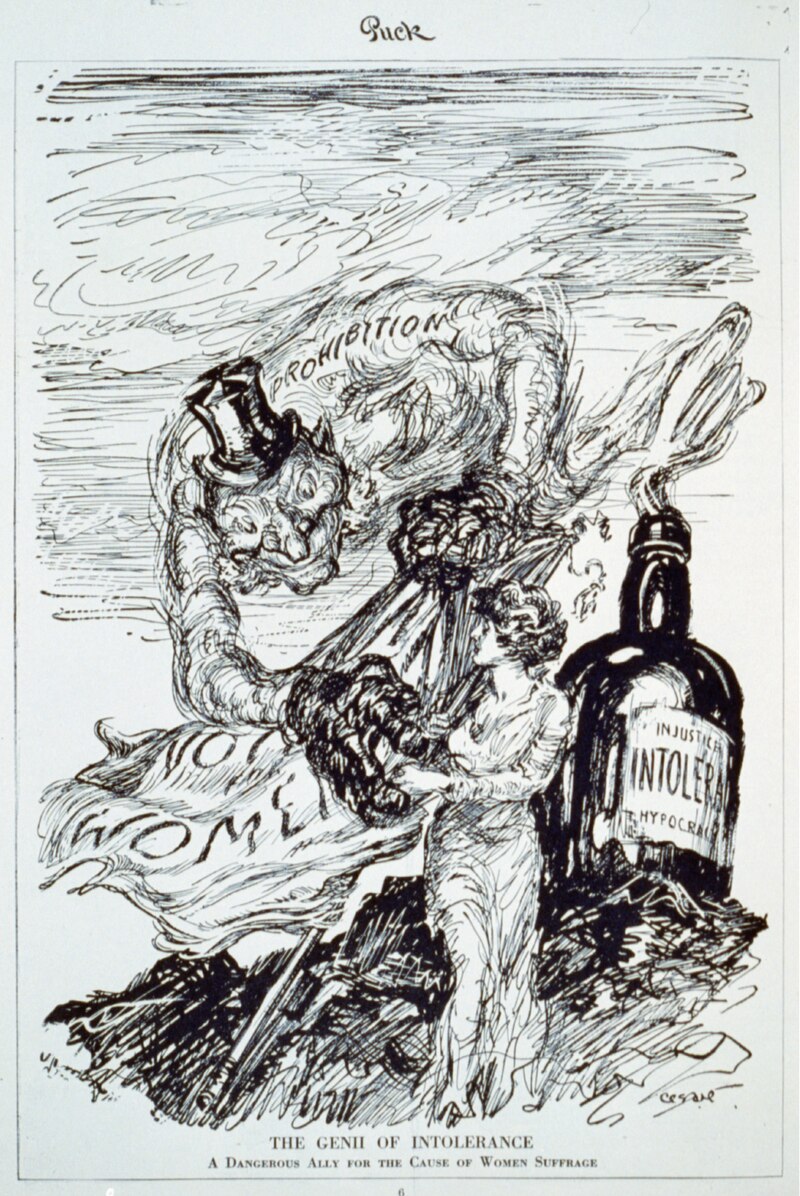By Jane Feehan
Bok Tower Gardens, north of Lake Wales in Florida, has drawn about 23 million visitors since it was dedicated by President Coolidge in 1929. Its gardens, bird sanctuary, and Singing Tower was among the state’s earliest tourist attractions. A stop there includes an introduction to Edward Bok (1863-1930), the man who conceived of and financed the landmark, but his biography—and impact on American culture—is even more significant.
His is an inspiring story, a testament to the possibilities America held for immigrants at the time. Born Eduard Willem Gerard Cesar Hidde Bok in the Netherlands, he emigrated to the United States with his parents and brother in 1870. The very poor family settled in Brooklyn and first sold pieces of coal found on the street to pay for food. When he was 10, Bok sold ice water to passengers of a trolley line. At 13, Eduard, or Edward as he became known, took a job washing windows at a bakery for 50 cents a week.
He also had a knack for writing though he never had more than six years of school. Invited to a birthday party, he wrote up the affair, knowing it would please the hostess to see it published in the newspaper. He pitched this idea to the editor of the Brooklyn Eagle and was offered $2.50 per social function to write about attendees who wanted to see their names in print—the real hook. Enterprising.
At 15, Bok went to work at Western Union where he served as office boy. Here’s where it gets interesting—no, remarkable. During this time, he bought a copy of the Encyclopedia of American Biography. He was enthralled by the American experience and the Americans who defined it. Bok started writing letters to the giants he read about, asking for more information. They answered him. Bok actually met with many, a who’s who of the era: James A. Garfield as he ran for president, Ralph Waldo Emerson, Oliver Wendall Holmes, Henry Wadsworth Longfellow, Mary Todd Lincoln, Louisa May Alcott, General William T. Sherman and Ulysses S. Grant, who invited Bok to dinner.
He started writing biographies for money. He was offered $10 a piece but had so many requests from a publisher he had to enlist the help of reporters whom he paid $5 per biography, keeping the remaining $5. Bok learned shorthand, so was sent by the Brooklyn paper to watch and report on speeches, including that of President Rutherford B. Hayes with whom he remained friends until his death. At 19 he purchased a publication, naming it the Brooklyn Magazine; for it he established the first women’s page of U.S. publications.
A man on the move, Edward Bok got a high-profile, professional break with publisher Charles Scribner’s Sons where he rose to advertising manager. At 26 and with bona fides well established, Bok joined the popular Ladies Home Journal in 1889 in Philadelphia, where he remained until he retired at 56 in 1919. He increased circulation of the magazine from 600,000 to more than two million subscribers. In 1896, he married Mary Louise Curtis, the daughter of the magazine’s publisher, Cyrus W. Curtis, a publishing industry tycoon and one of America’s richest men.
Bok died in Lake Wales, where he wintered, in 1930 at age 66. He died a rich man worth about $24 million, some inherited from father-in-law Curtis. Edward Bok’s contributions to the American story are many; some, but not all, are listed below:
- Bok won the Pulitzer Prize for Biography or Autobiography in 1920 for his Americanization of Edward Bok.
- Bok fought for pure food laws that we benefit from today.
- He refused to take advertising in the Ladies Home Journal from the patent-medicine frauds, popular in the day.
- He hired architects to draw up plans for affordable housing, the first such plans in the U.S. and was praised by President Teddie Roosevelt as having changed architecture in the U.S.
- Bok changed the stuffy Victorian description of the room known as the parlor to the term used today, the living room.
- Bok campaigned against unsightly, unsanitary city dumps, suggesting they be consigned far away from inhabitants.
- He also campaigned for the removal of large highway signs that remain an unattractive form of advertising today.
- He planted flower bulbs from Holland along roads and at rail stations for a beautification initiative.
- Bok donated $100,000 for a plan for the U.S. to coordinate activities to attain world peace.
- Bok conceived of, paid for and constructed the Bok Tower Gardens (architect Frederick Law Olmstead, Jr.) as bird refuge, a place to study southern planting and a garden to enjoy quiet contemplation. The Singing Tower (architect Milton B. Medary), is famous for its carillon—bells—and houses the largest carillon library in the world. The Bok Tower Gardens with its Singing Tower was added to the National Registry of Historical Places in 1972 and designated a National Historical Landmark in 1993.
Sources:
Edmonton Journal, Jan. 10, 1930
Brooklyn Daily Eagle, Jan. 12, 1930
The Gazette, Nov 2, 1931
Arizona Republic, Jan. 7, 1940
Orlando Sentinel Aug. 13, 1950
Star Press, Sept. 18, 1938
https://boktowergardens.org/tower-gardens/
Tags: Lake Wales, Bok Tower Gardens, Singing Tower, Edward Bok, carillon, bells, Jane Feehan, famous Americans



































